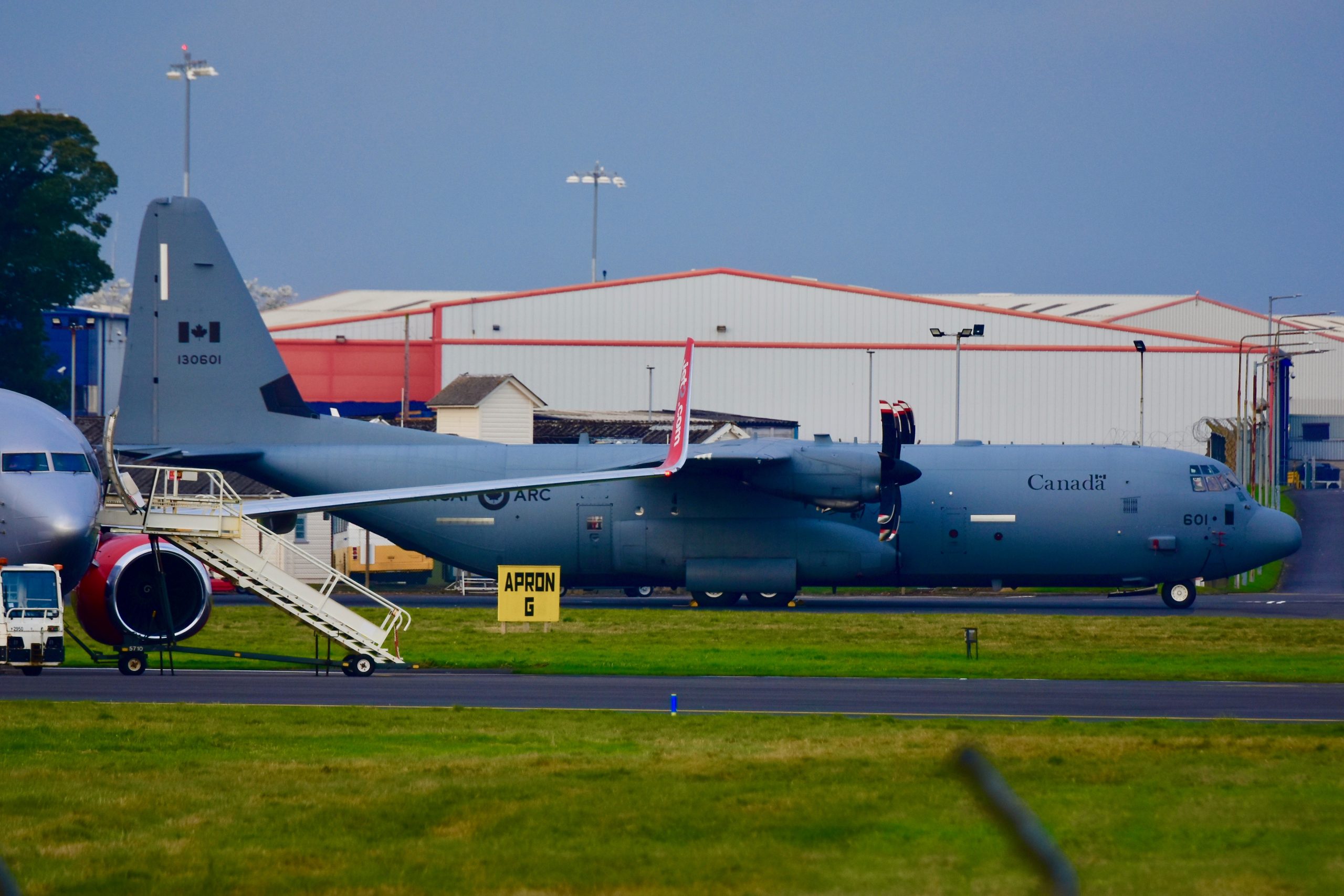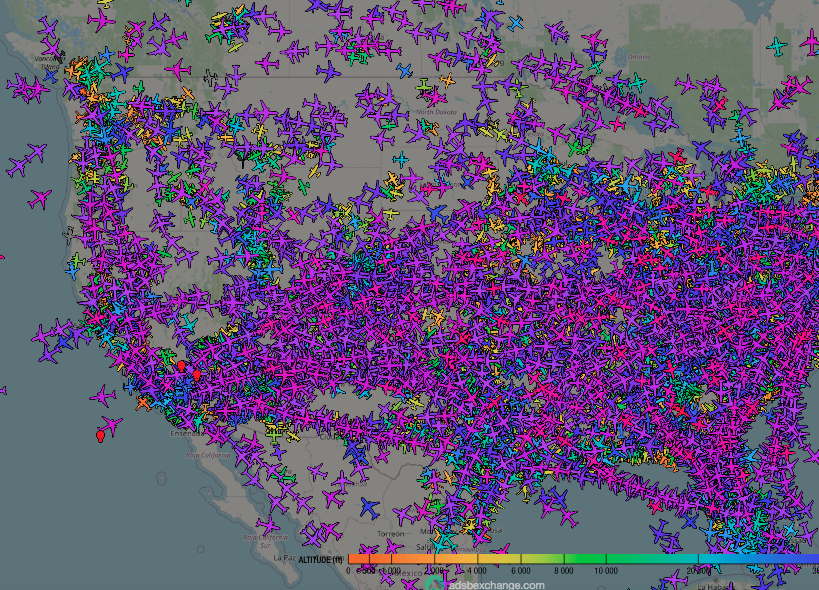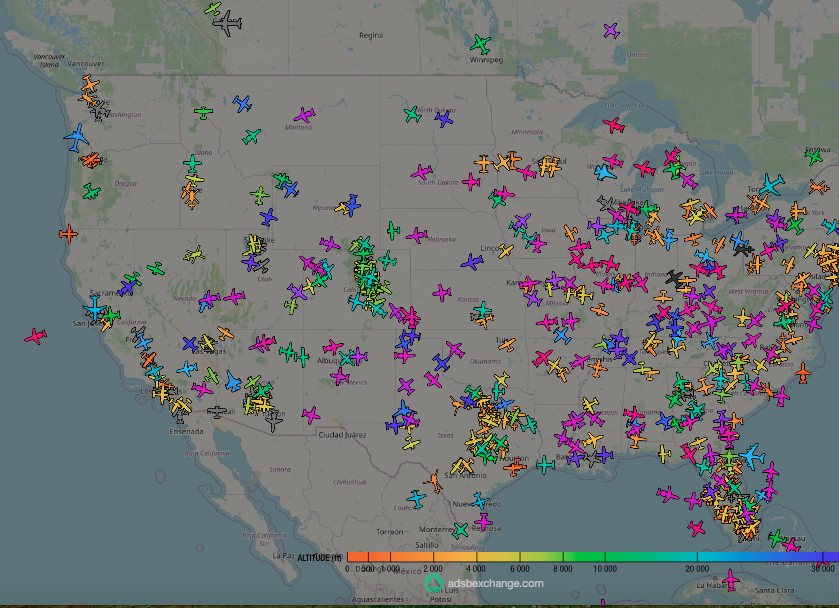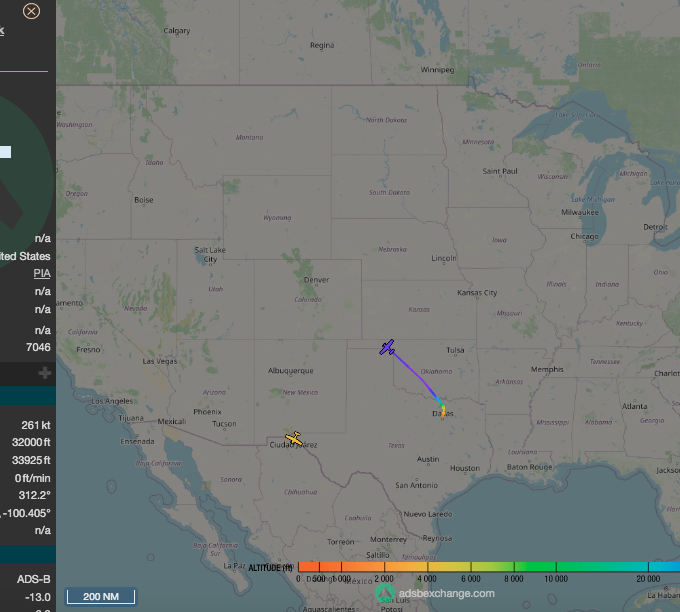The Nikon D7200
Is the D7200 good enough?
The Nikon D7200 is now a ten year old camera, is it still good enough for aviation photography? In my opinion it definately is and it offers quite a few surprises, especially when it comes to taking aircraft photographs. If you don’t want to go for the latest D7500 or the upscalled D500, the D7200 is a reasonably priced option on the scond user or refurbished market. You can buy a D7200 kit with an 18-140mm lense fully renewed on Amazon for a reasonable price.
The image quality is excellent, as is the auto focus. And with a battery life of over 1100 shots, there’s enough capacity for a full days shooting at an air show. The camera is no slouch, running at a full 6 frames per second. The camera can shoot in NEF or JPG, if your shooting JPG – the buffer can handle 100 shots or 16 seconds of continuos shooting.
There are a couple of other nice features, the additional 1.3 crop mode can effectively double the focal lenth of your lense. And the in built flash is great for inside shots, for a nearly 10 year old camera the ISO performance is outstanding. The image below was taken using the 1.3 crop mode, it was taken from the same location as the header photograph using a standard Nikkor 18-200mm lense. Both images at the same focal lenth, exposure, apature and ISO settings – it wasn’t a great day and my photographic skills leave somethong to be desired.
Anyway, I’d say that the Nikon D7200 is a more than capable camera for aviation photography – it is certainly in my bag.

I’d say that the Nikon D7200 is more than adequate for most photography needs, with it’s 6 frames a second, large buffer and the additional 1.3 crop factore I think that it is great. It is in my bag and it will remain there for the forseeable future.
Support this site.
It does take some time and effort to create these downloads, also there are a number of costs associated with running the site. So if you can consider supporting this site with a donation it would be helpful, if you find the site useful then why not treat me to a doughnut – or even a doughnut and a coffee if you’re feeling really flush.
Or if you are thinking of ordering something from Amazon then you could click the link to get there, it doesn’t actually cost you anything. And it will help me to pay for the site hosting, which is getting more expensive like everything else.
But regardless of whether you donate or not, I hope that the contents of the files are of some use, also bear in mind that the files are as dated in the bar graph on the down load page – I will try and produce a new data set every month or more frequently if time allows.
Please note these files are provided for personal use, if you want to use them for any other purpose or if you want to make them available through your own site – get in touch first.


